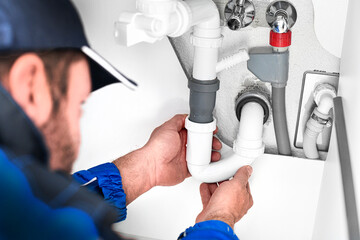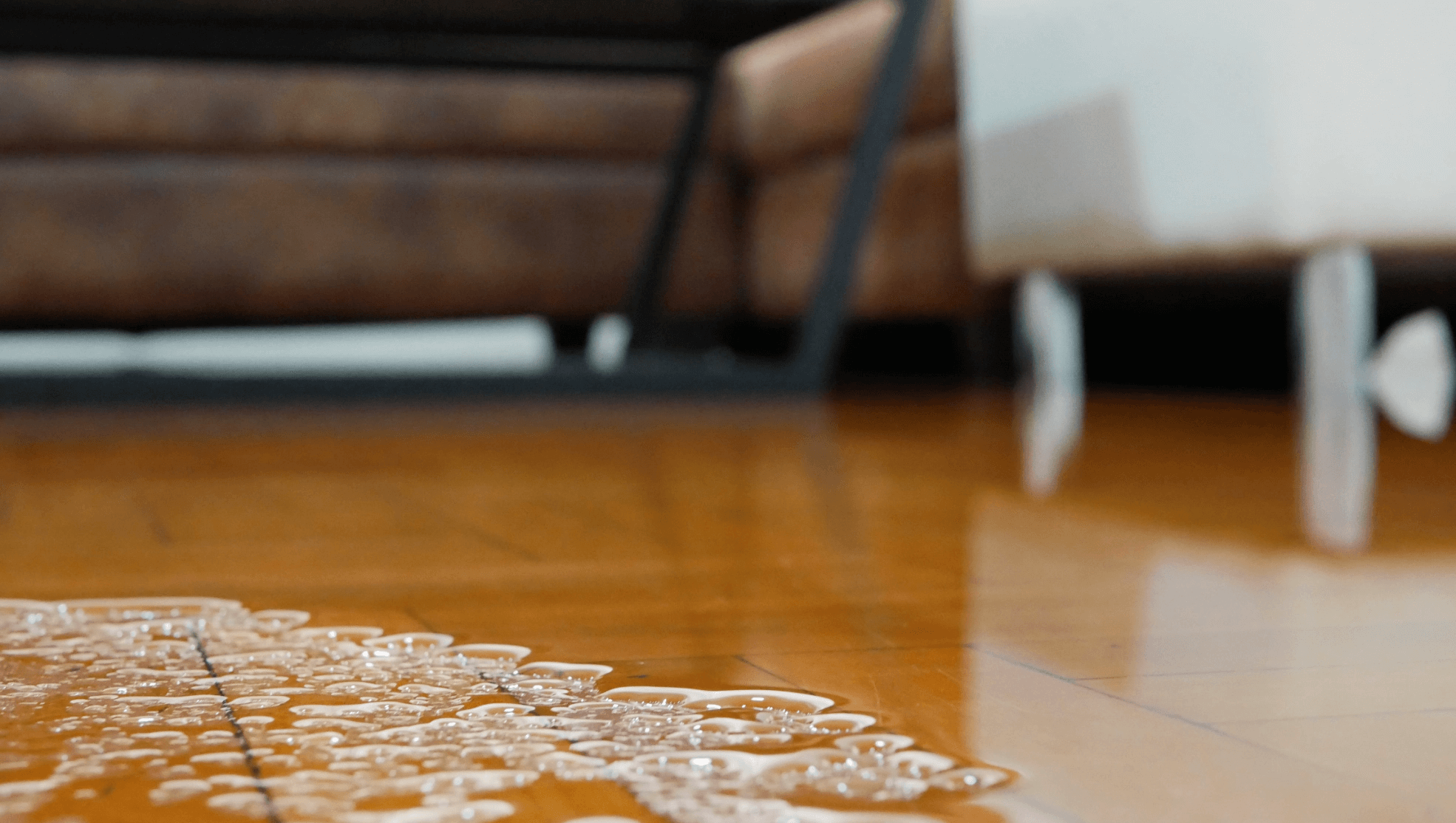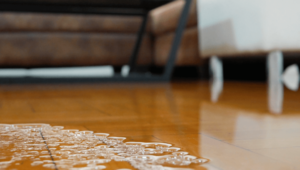Water damage reconstruction is a daunting task that requires the right equipment and industry-accepted resources. It can include the replacement of damaged building materials and items, a thorough cleanup, mold growth prevention, and sanitization.
Water must be removed from a building as soon as possible to avoid long-term effects such as mold and structural damage. This process includes water extraction, decontamination, and drying. Visit Website for your reconstruction needs.

Identifying The Source Of The Water
Undetected water leaks can cause thousands of dollars worth of damage to walls and floors, not to mention mold and mildew formation. The first step to a successful rebuild is to locate the source of the water damage, which is usually hidden inside walls. This is done by conducting a thorough inspection using an infrared camera and moisture meter, if possible. Look for musty odors, mold growth, new or worsening stains, the sound of dripping water, and buckling ceilings and floors.
If you notice any of these signs in your home, call a professional immediately. They will be able to identify the level of water damage and the best approach for restoration. Water damage is generally classified into three categories based on the severity and danger it poses. Water damage can be caused by external factors, such as floods and storms, or internal factors, such as a burst water pipe or backed-up toilet.
Depending on the category of water, it may be necessary to evacuate the property. This is especially true if the water is contaminated with Category 3 black water, which poses a significant health and safety risk. In such cases, it is essential to take all precautions when entering a water-damaged building, including wearing protective gear.
Once the source of the water has been identified, it is important to assess the water damage. This is typically done by hiring a professional company to perform a detailed assessment and use hygrometers and moisture meters to determine the level of water damage and the extent of the repairs required. A certified professional is the best choice, as they follow industry standards and use cutting-edge technology and equipment.
It is also a good idea to ask for referrals and find out how satisfied previous clients were with the services provided. In addition, you should check the price range and if they offer any discounts for their services. It is also a good idea to see if the company has insurance coverage and an emergency line that can be contacted 24/7. Having a reliable restoration company on hand is a great way to make any disaster less stressful and get your home back to normal quickly.
Extraction
Water damage can be one of the most destructive problems homeowners face, and if not dealt with quickly enough, it can cause severe issues such as structural degradation, wood rot, toxic bacteria growth, deterioration of carpets and rugs, and even permanent mold. The best way to mitigate the effects of water damage is by removing all the standing water as soon as possible so that it does not spread. This is usually done by hiring professional water restoration companies, although if the situation is not too serious and you have the right equipment (like wet/dry vacuums, large fans, and submersible pumps), it can be done yourself.
Once all the water is extracted, it is time to start decontamination and drying the affected areas. This involves using specialized fans such as air movers, commercial-grade dehumidifiers, and opening windows to help with the evaporation process. The drying and dehumidification process can take anywhere from a couple of days for smaller areas to a week or more in larger rooms with extensive water damage.
During this stage, it is important to check the severity of the water damage and what materials it has affected. This is because the different classes of water damage are rated according to their health and safety risks. Class one damage is the least dangerous, while category three and four damage can pose serious health and safety hazards.
If the affected area is a large space with high-porosity materials, such as drywall, this will likely fall into class three water damage. In this scenario, it will be necessary to remove the drywall and carpets and apply antimicrobials to prevent bacterial growth. It will also be necessary to dry the studs and walls and conduct extensive structural drying.
It is also important to replace anything that has been destroyed by water damage, such as books, photographs, and other paper goods. This is because these materials are extremely sensitive to water and can start to deteriorate within hours. This is especially true for paper, which can turn brown and brittle as well as absorb toxins from the surrounding materials.
Decontamination
It’s important to work with water damage reconstruction services that are well-equipped and knowledgeable in their field. Check to see if their employees are certified restoration experts and that they’re insured and licensed. It’s also a good idea to ask for references from past clients and to read reviews online about the company. This will help you make the best decision for your needs.
When a home experiences significant water damage, it must be repaired as quickly as possible. The process typically involves five steps: inspection and assessment, water removal, dehumidification, cleaning and sanitization, and restoration.
In addition to structural damage, severe water damage can leave behind unpleasant odors and contaminants. These can be a health hazard to the occupants and must be addressed. The water damage restoration experts will use air scrubbers and other tools to clean the surfaces in the affected areas. They will also disinfect the affected items.
After identifying the source of the water, the experts will assess the water damage. This will involve inspecting all rooms and parts of the building, looking for signs of moisture including wet carpeting, sagging drywall, warped flooring, rusting metal, and mold growth. The experts will then determine the type of water damage and what steps to take next.
Once the professionals have determined the type of water damage, they will begin removing it. This can be a difficult task as it takes special equipment to remove large quantities of water from floors, walls, and ceilings. The team will also take care to remove any materials that are too damaged to salvage and dispose of them properly.
Standing water can quickly breed bacteria, pathogens, and other microorganisms. These can lead to serious health issues, so the water must be removed as soon as possible. In addition, the experts will look for any potential safety issues such as sagging floors, cracked foundations, and shifted sill plates. They will also check for any gas leaks and shut off the electricity if necessary. If the water has caused structural damage, it may be necessary to replace a section of the building.
Drying
Water damage can be quite damaging if left untreated. It can cause secondary damage like mold or bacterial growth and musty odors. It can also lead to long-term structural issues for materials like wood and drywall. The most important thing is to clear out as much water as possible immediately after the initial flood or spill.
This can be done using a pump or a wet/dry vacuum depending on the amount of water that needs to be removed. Once the bulk of the water is gone, fans and dehumidifiers can be used to help speed up the drying process in damaged areas.
During the drying process, the professionals will also monitor the humidity levels to ensure that the level is not too high or too low. They may also open doors and windows to improve air circulation and help the drying process along. They will also use equipment such as air movers, commercial-grade dehumidifiers, and blower fans to help dry the affected materials.
Once the bulk of the water is removed, the experts can perform more detailed inspections of the damage. They will also determine if any materials need to be replaced. For example, if the water damage is severe, the professionals may need to replace sections of drywall or carpeting. This can take a bit longer than just removing the water.
Once the building material has dried, the professionals will clean and sanitize the area. This will help prevent the spread of bacteria and other contaminants. It will also help to prevent future mold growth, which can be a major problem. It is important to find a reliable company that specializes in water damage restoration services. It is a good idea to check out reviews online and ask friends and neighbors for recommendations. You should also look for a company that is licensed, insured, and certified by a recognized industry organization. This way, you can be sure that they will be able to handle the job quickly and effectively. They should also be able to provide references from previous clients who have been satisfied with their work.




